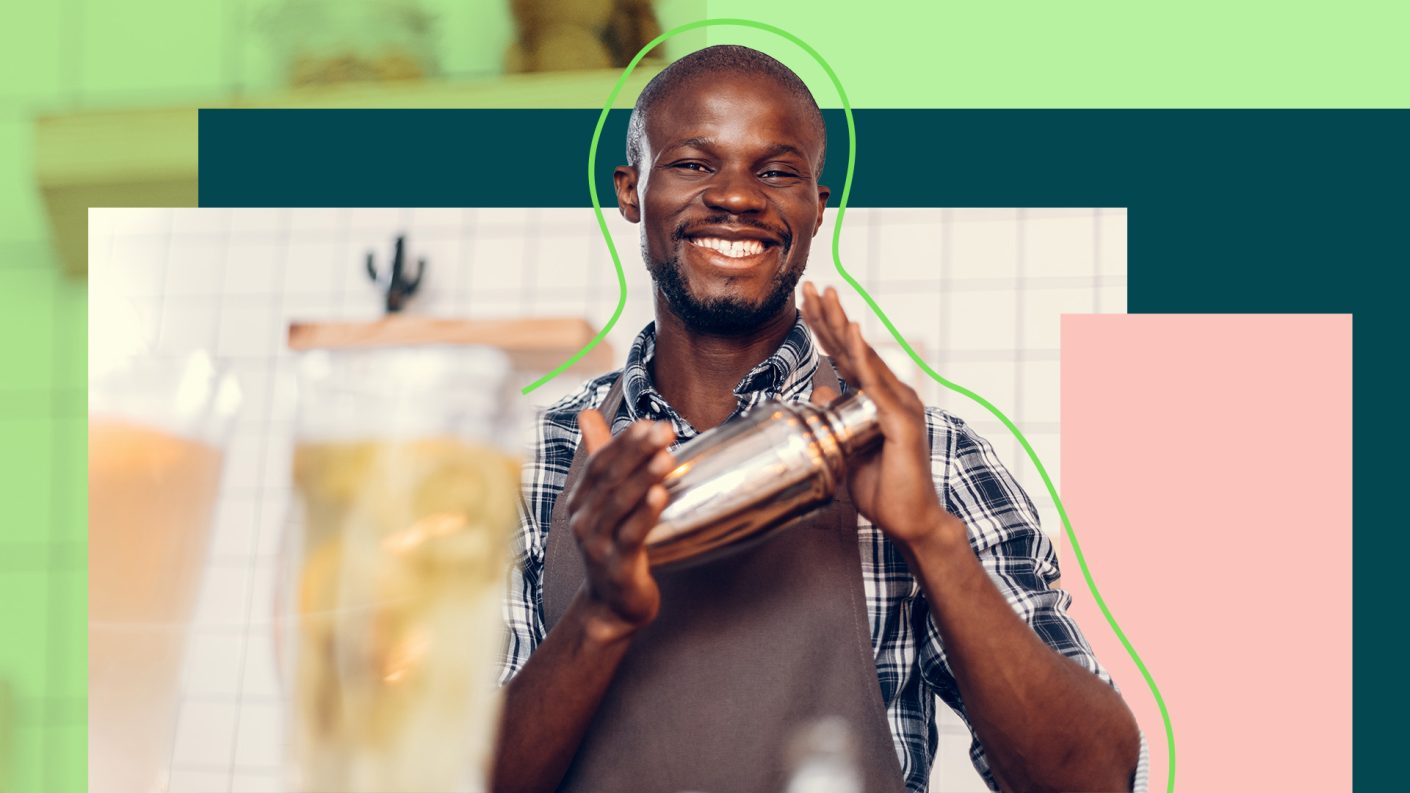Blog
What researchers can learn from mixologists
How to make your research thrive by mixing the right data, tools and techniques.


Katia Pallini
31 August 2023
3 min read
For many years, economists, sociologists and psychologists have tried to understand the mental processes that mediate people’s behaviour in an attempt to predict that behaviour. Initially, theorists argued that people made choices as ‘rational agents’ – taking into account all available information before selecting the best choice of action. While this might apply to some decisions – especially those that come with a high cost or risk – evidence in neuroscience has shown that the majority of our decision making is driven by automatic thought processes, using heuristics and habits.
In marketing and marketing research, we still tend to over-rationalise how people think and act. Take a questionnaire to measure brand strength as an example. Participants are typically invited to rate a list of brand items on a scale to then derive the overall brand performance. Such explicit self-reported measures are still the norm today. But when you want to research decision processes that account for more automatic behaviour, this is not ideal. People lack the skills of introspection to understand what guides their behaviour. This is why a new class of measures has gained momentum: implicit measures. These allow for an assessment of behaviour performed without conscious thought, for example via time-pressured exercises or Implicit Association Tasks (IAT).
Choosing the right mix
The types of measures you should use depends on what you want to measure. All measures have their value if used in the right context. Implicit measures complement the explicit self-reported measures that are traditionally used in marketing research. Yet, implicit measures are not the holy grail; it all depends on what you’re trying to measure. The power lies in the mix and this goes beyond the use of implicit and explicit questions.
Great insights do not only come from what you ask people. While primary research is a key source for decision making, it is simply the tip of the iceberg. Data is more abundant than ever, with large streams of indirect data – such as behavioural, geo, biometric, social, and even synthetic data – at our fingertips.
We need to leverage the rich data surrounding us. The role of marketing research is to become smart connectors, linking different data streams, tools and methods to uncover better and stronger insights.
Think like a mixologist
Rather than serving one drink for all, a great mixologist selects the right ingredients and shake or stir them skilfully to create the perfect cocktail for each specific need. Doing so will allow you to better grasp the consumer reality and bring an opportunity for research to get on par with today’s snappy reality.
Not only has the research industry failed to take full advantage of data measures, often our approaches don’t match the way people communicate and interact. While communication has become shorter, snappier and more visual, the average survey still has a duration of 20 (long!) minutes. This has not only led to an increased drop-out rate and decreasing data quality, but also lies at the origin of what we could call ‘the global warming of panels’. There lies a major opportunity in blending tools, techniques and data sources to reduce the (often unnecessary) time effort expected from participants.
To make research thrive again, it’s time we think like mixologists, where we become experts in creating the right cocktail of data, tools and techniques whilst creating sustainable consumer connections.
How mixing measures can create the ultimate cocktail to fuel research needs. As published in Australian Market and Social Research Society’s publication Research News.
Let’s connect